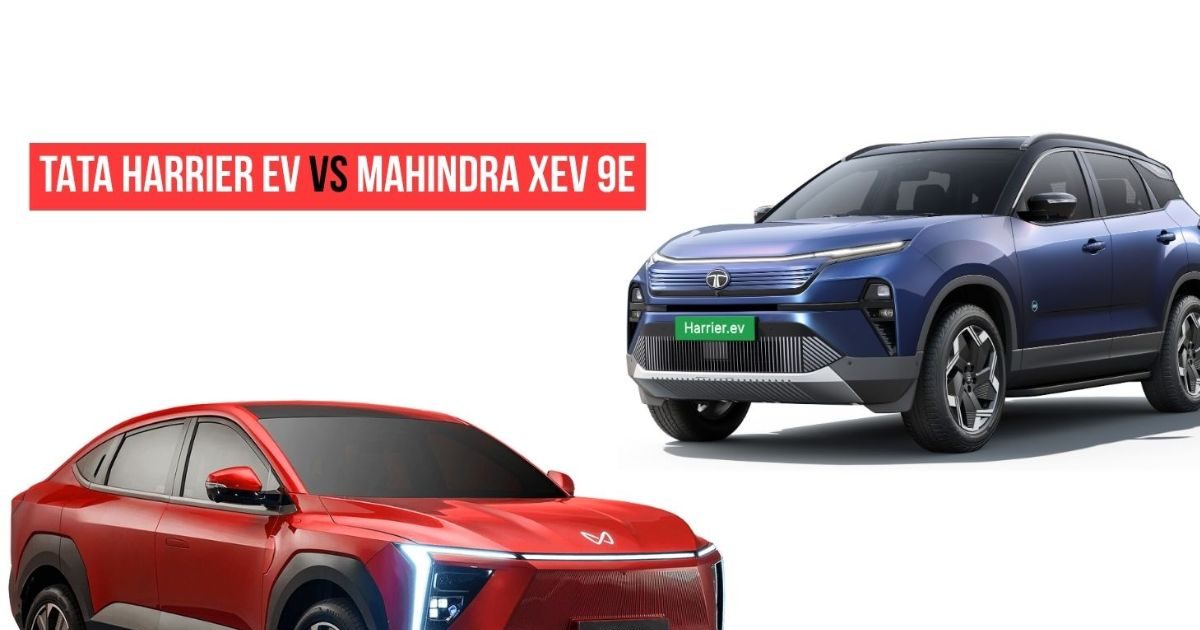Last updated:
Tata has launched its new electric SUV Harrier.EV, which competes with Mahindra XEV 9E. In the drag race, Harrier.EV won, its powertrain is 316hp and 504 Nm.
Highlights
- Tata Harrier.ev defeated Mahindra XEV 9E in the drag race.
- Harrier.ev has powertrain 316hp and 504 Nm.
- The XEV 9E's powertrain output is 305 HP and 380 Nm.
Race in big parking space
It seems that this drag race took place in a large parking space, which is in the premises of a stadium or race track. Both are standing in the electric SUV line. As soon as the race begins, the Harrier is ahead of the XEV 9E. Rapid torque of electric vehicles is known for delivery. Here the fight is between two EVs. Therefore, the victory depends entirely on the powertrain capabilities.
The Harrier.EV has a two-motor setup-one motor is mounted on each axle. The joint output of this powertrain is 316hp and 504 Nm. The AWD Harrier.EV is 0-100 km/hr 6.3 seconds. On the other hand, XEV also has a single-motor setup on the range-topping variants. It is mounted on the rear axle and gives it power. XEV's powertrain output is 305 HP and 380 Nm. It can catch a speed of 0 to 100 km/h in just 6.7 seconds.
AWD Setup
Due to the AWD setup, the Harrier is faster than the EV Xev. This is the reason that it got the title in this drag race. The credit for fast acceleration can also be given to the upper hand of large torque. The Harrier.EV's Paurtrain claims 200Nm more torque than XEV. This means that fast acceleration, even if the weight is high. Tata also has a rear wheel drive (RWD) version of the Harrier.EV in which the rear axle-mounted electric motor produces 238 HP and 315 Nm. This variant can give different results in the drag test.
Battery pack size
The size of the battery pack is another major difference between the two. The XEV offers two batteries – both 59 kwh and 79 kwh are obtained from BYD. On the other hand, the Harrier.EV is available with 65 kwh and 75 kWh batteries. This can be the first real world comparison between the two electric SUVs.

